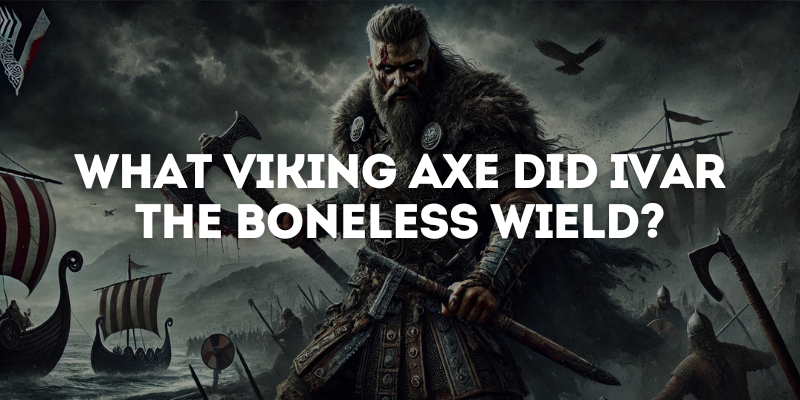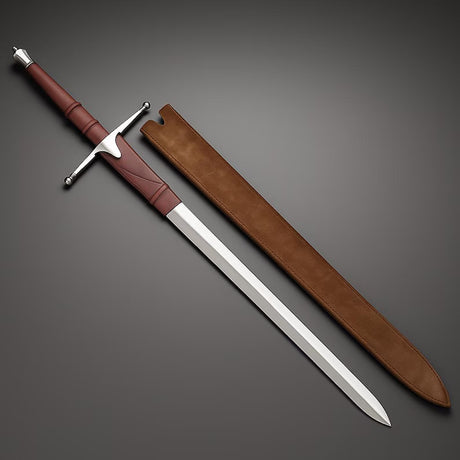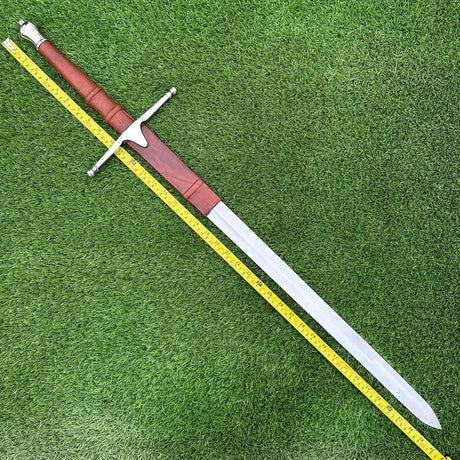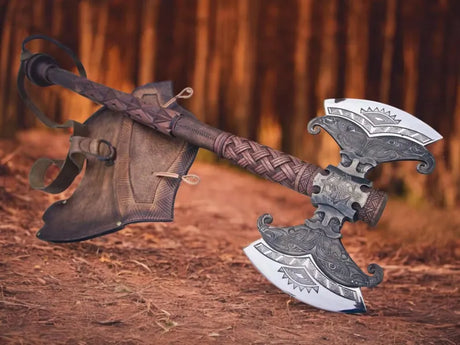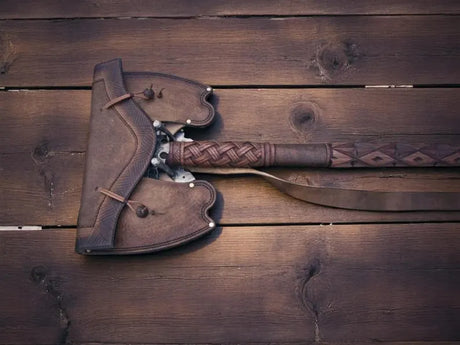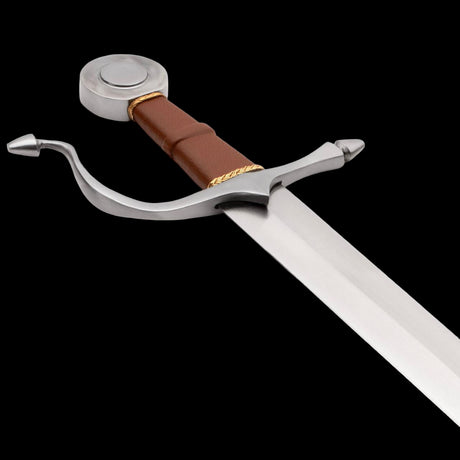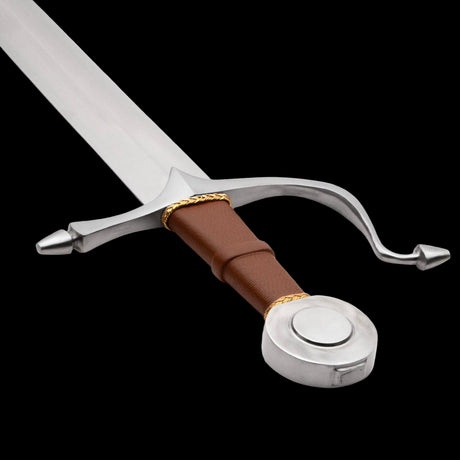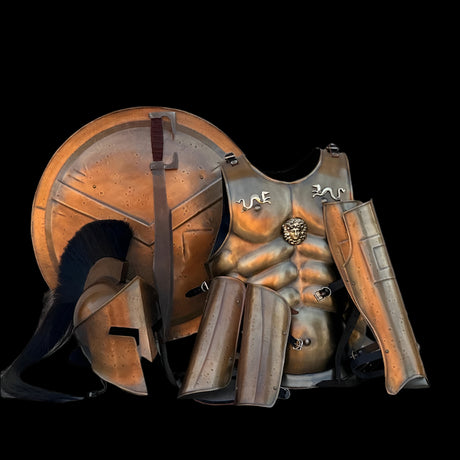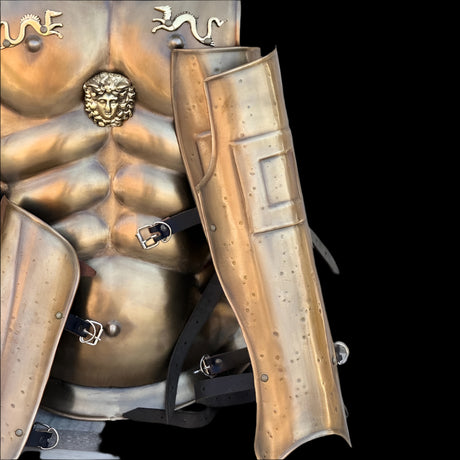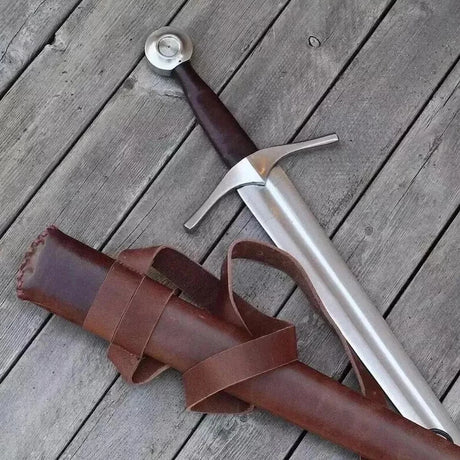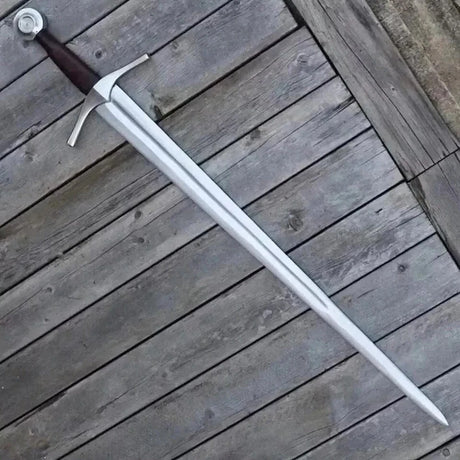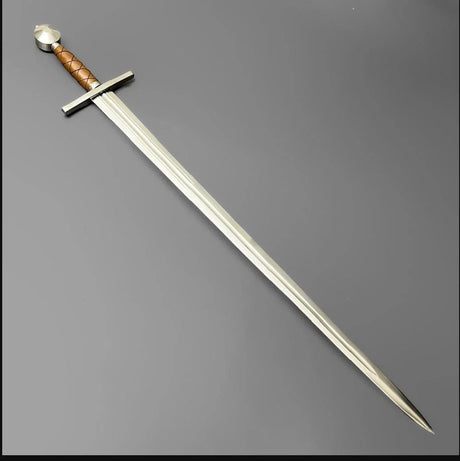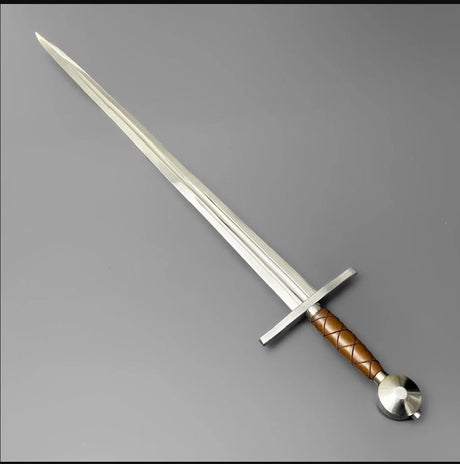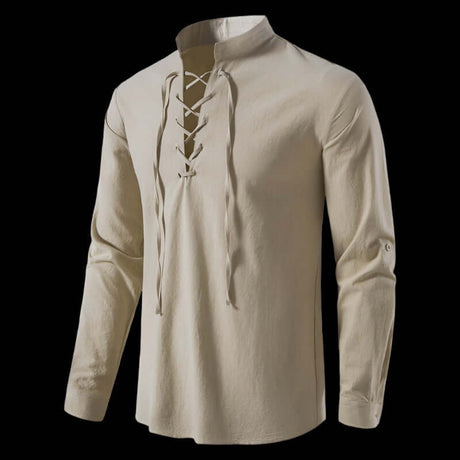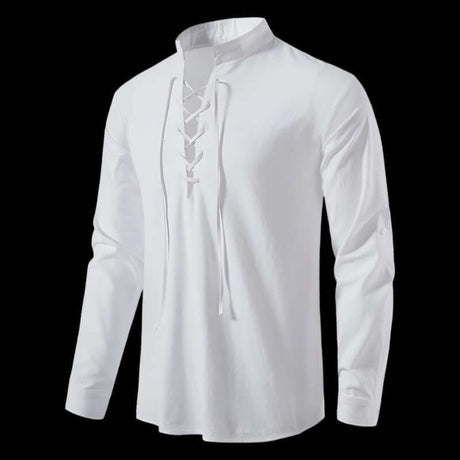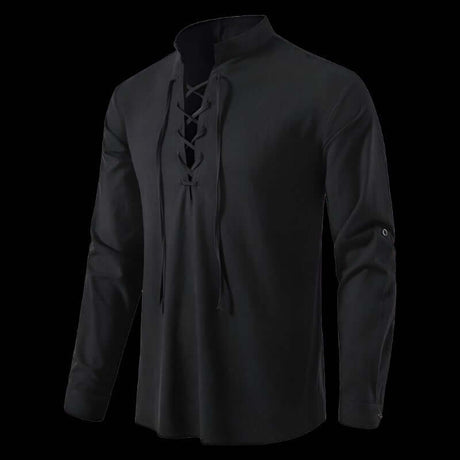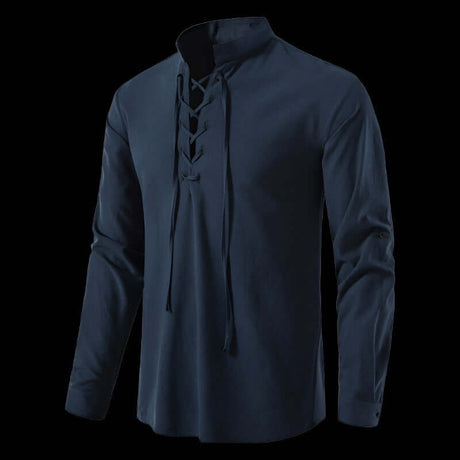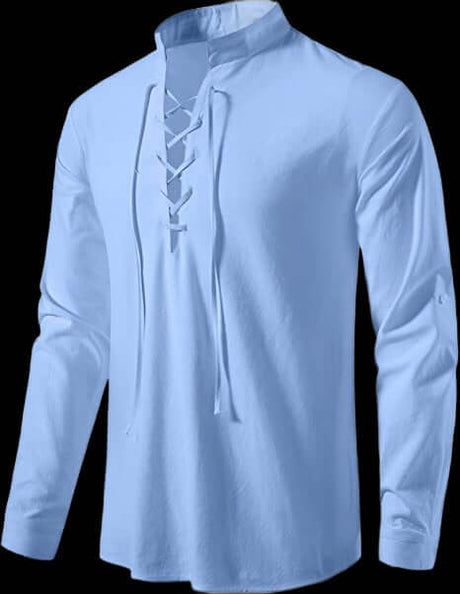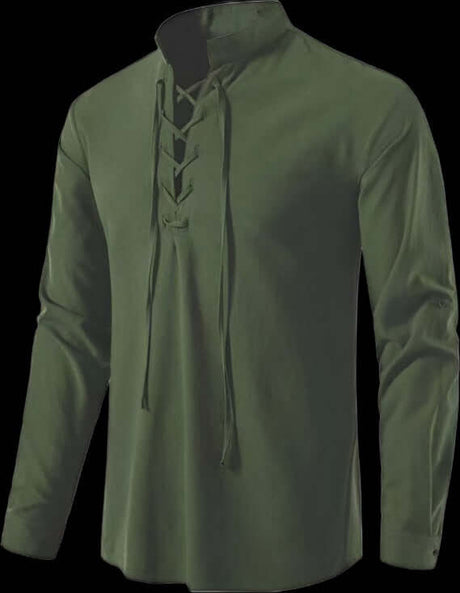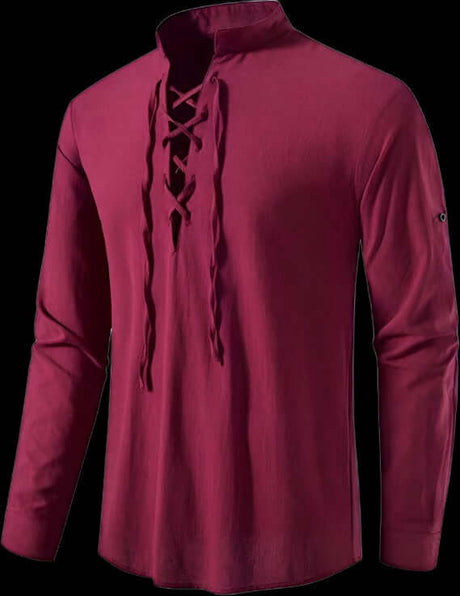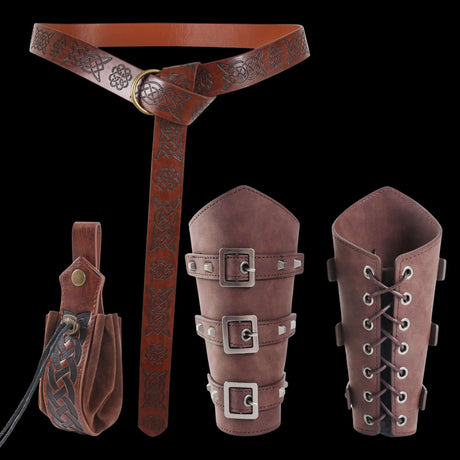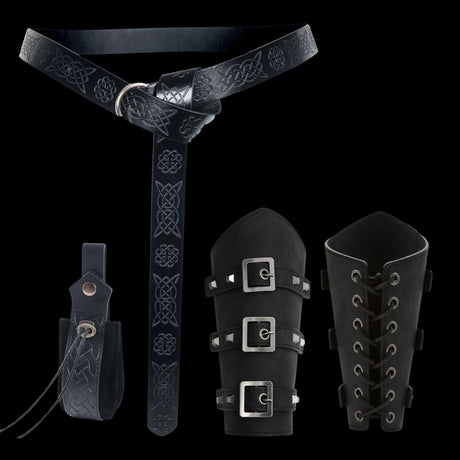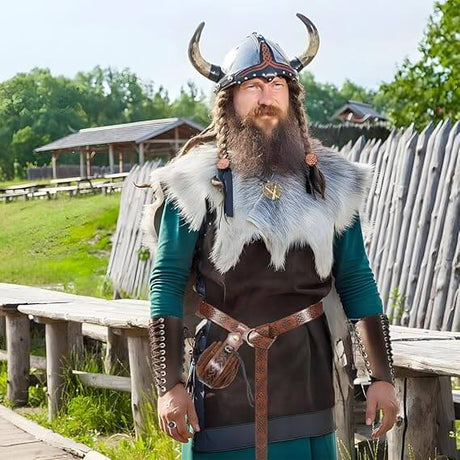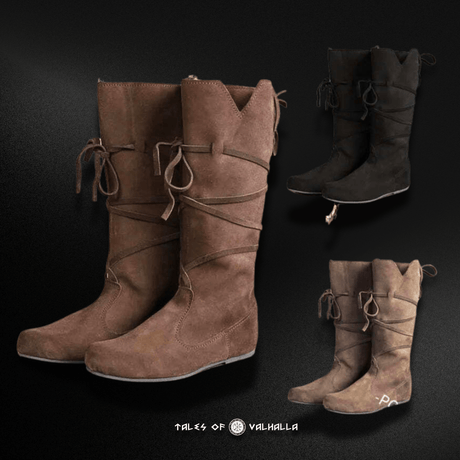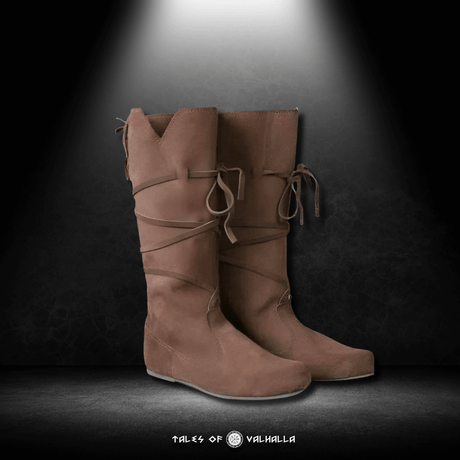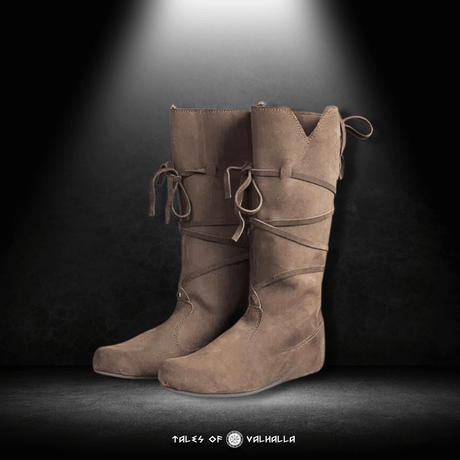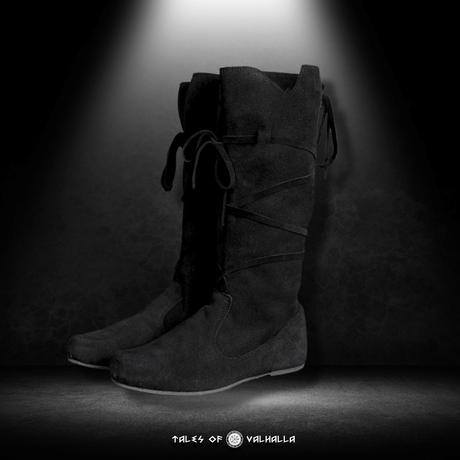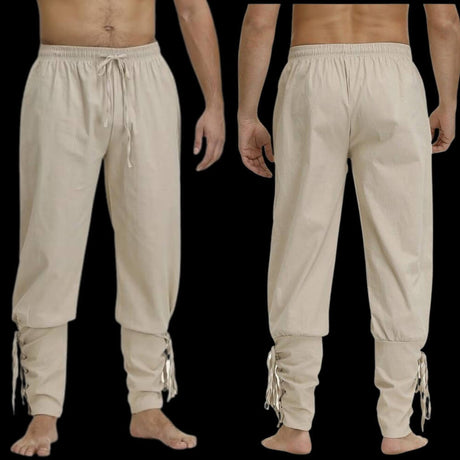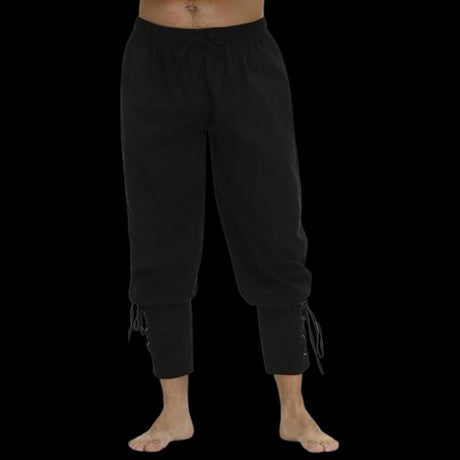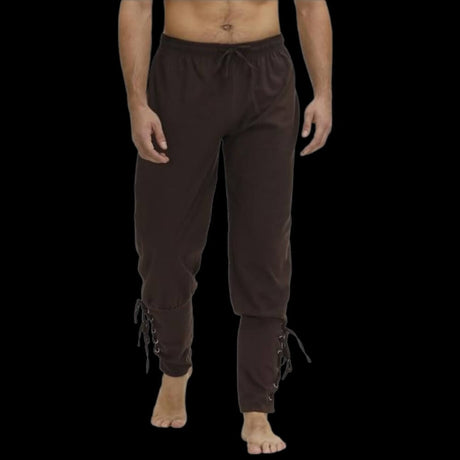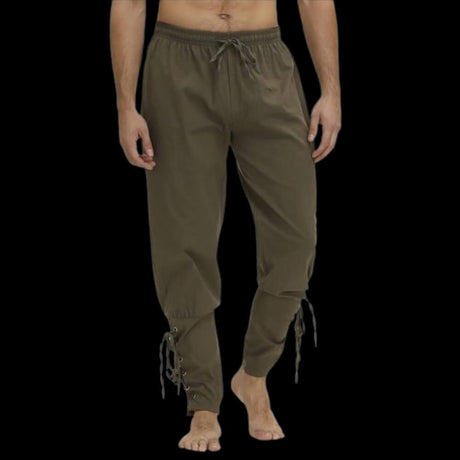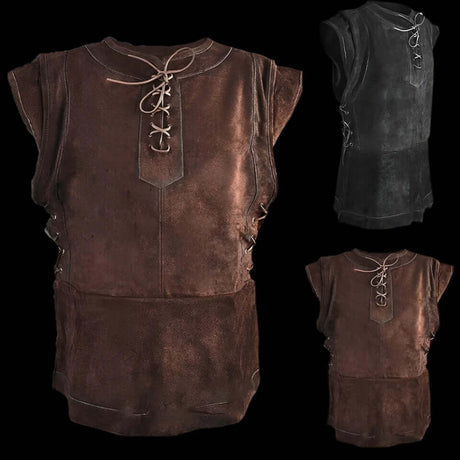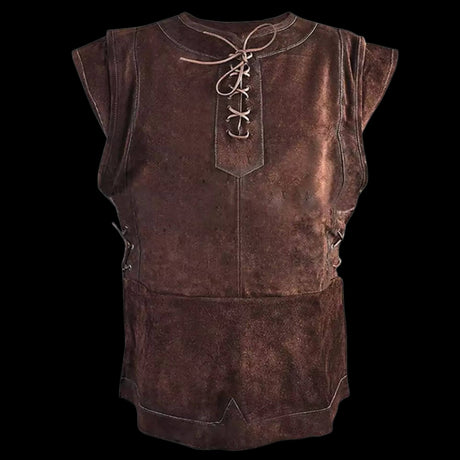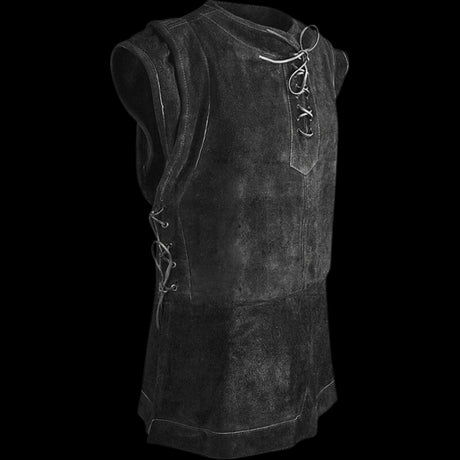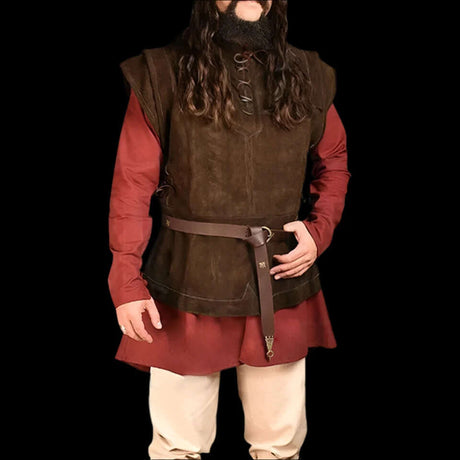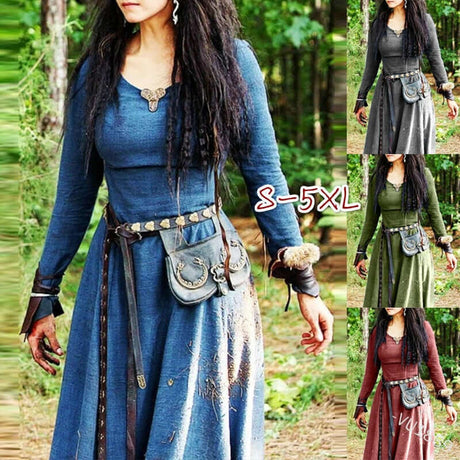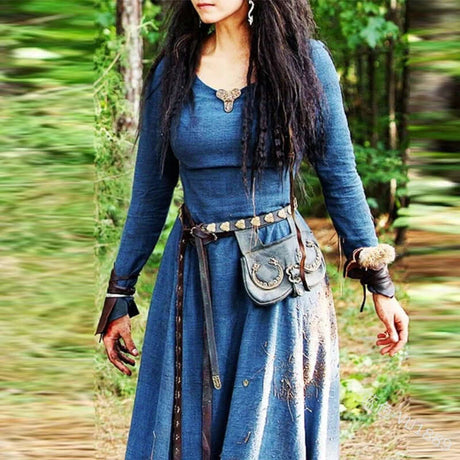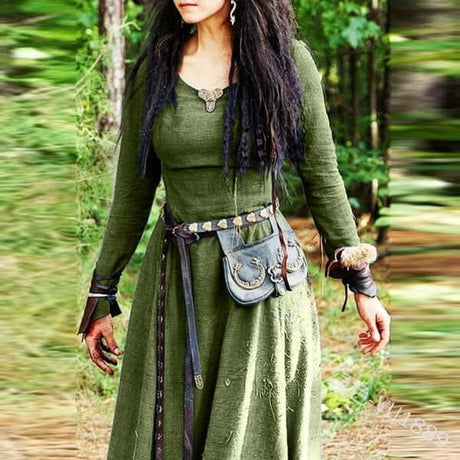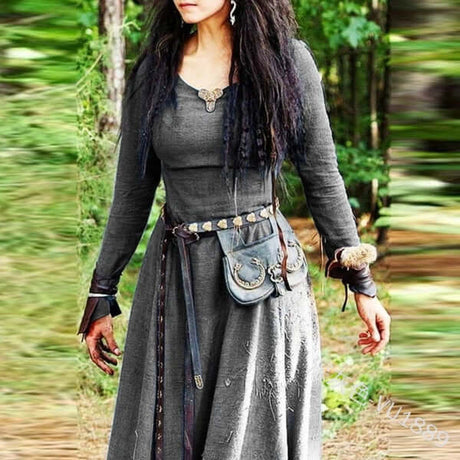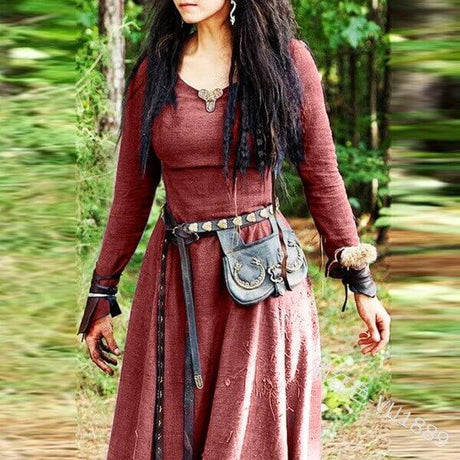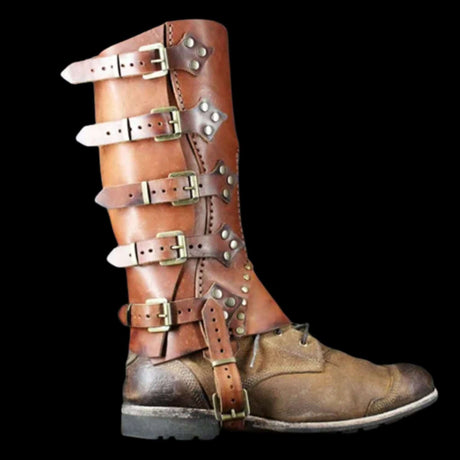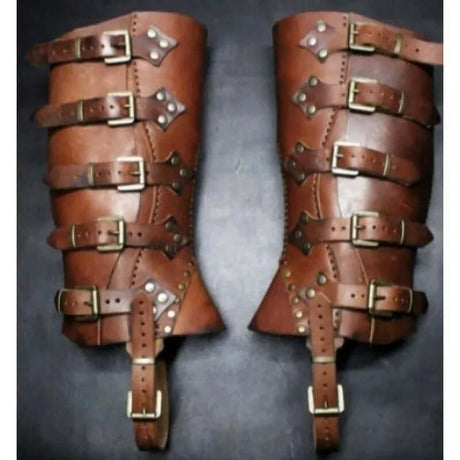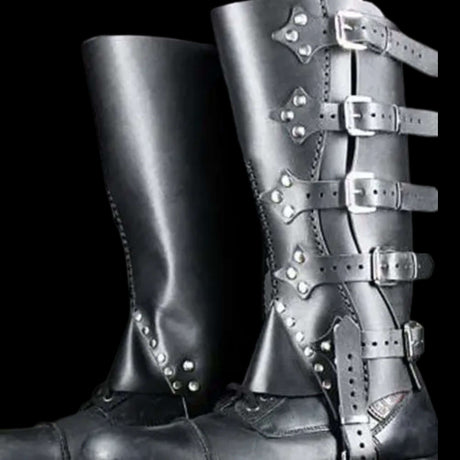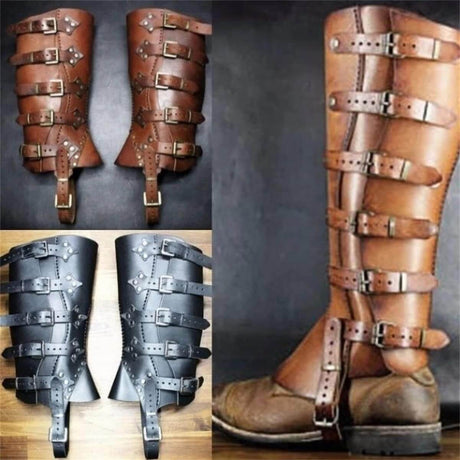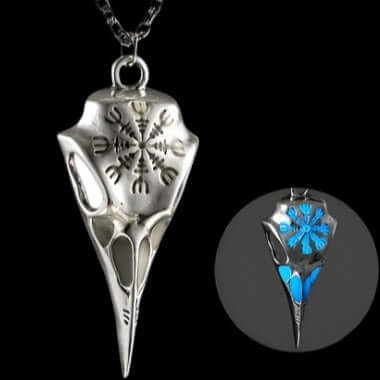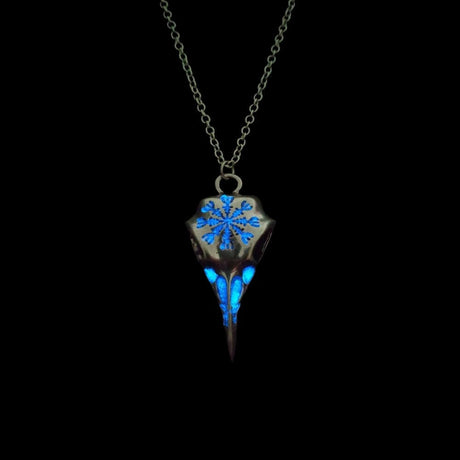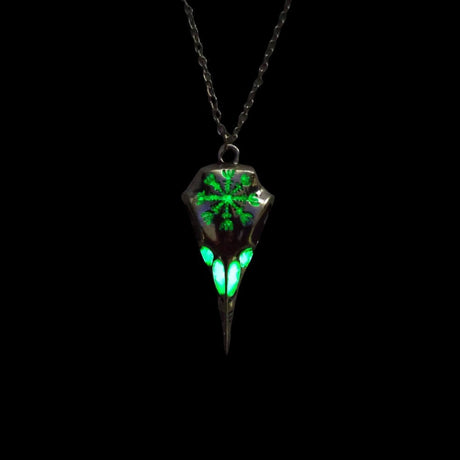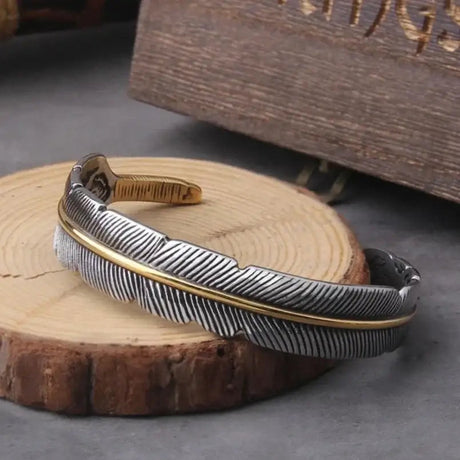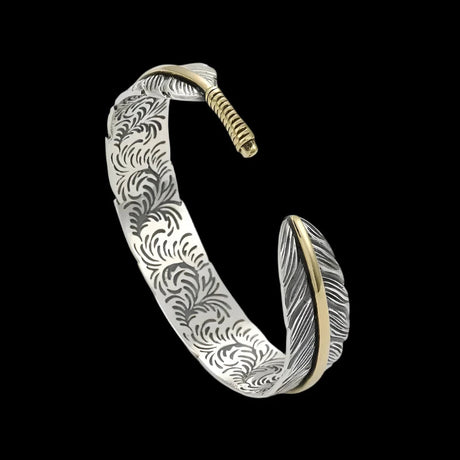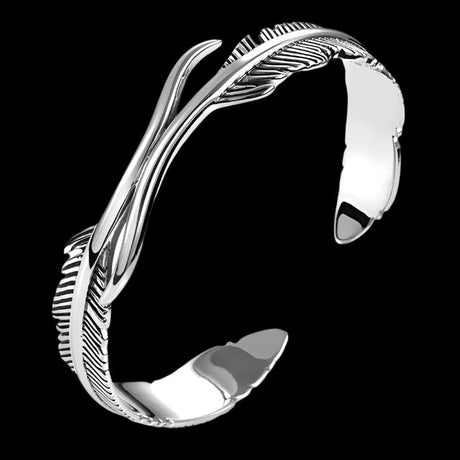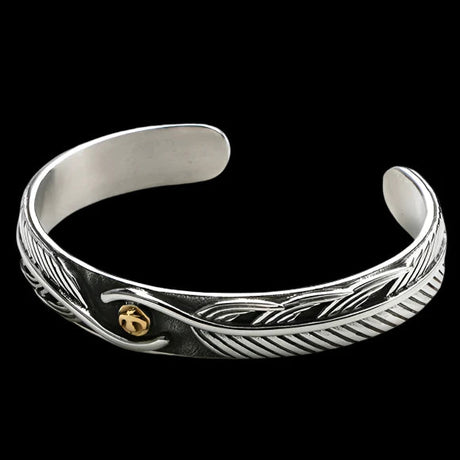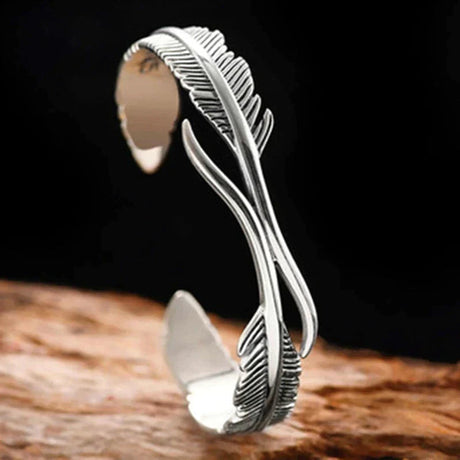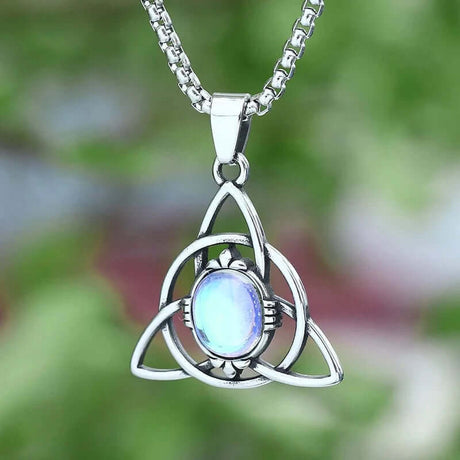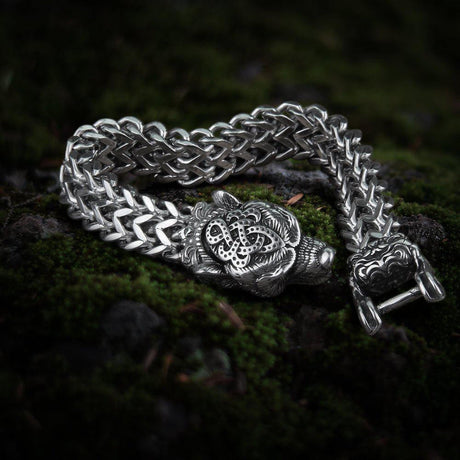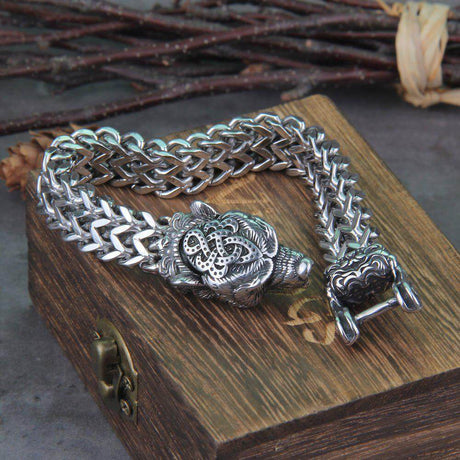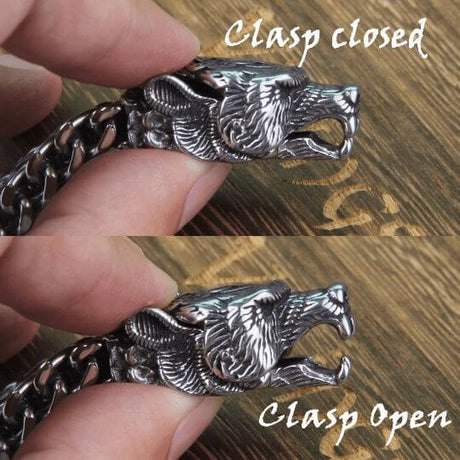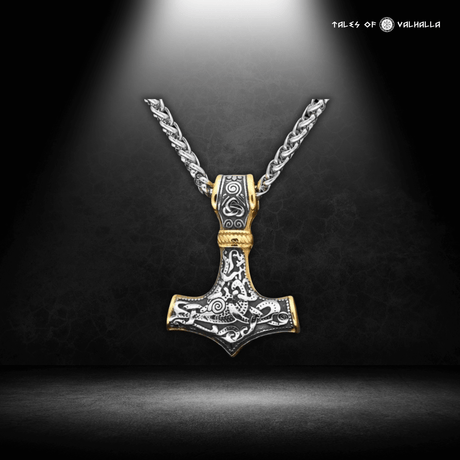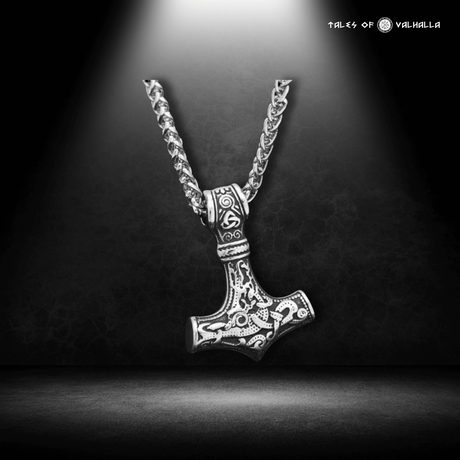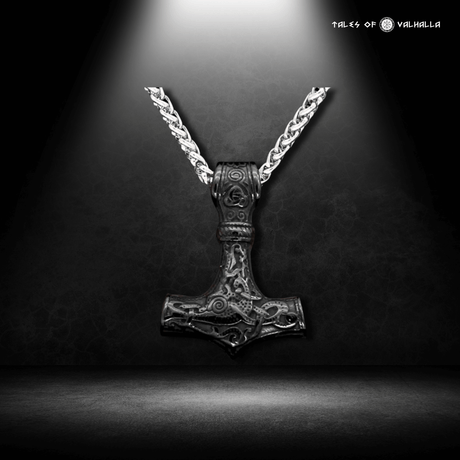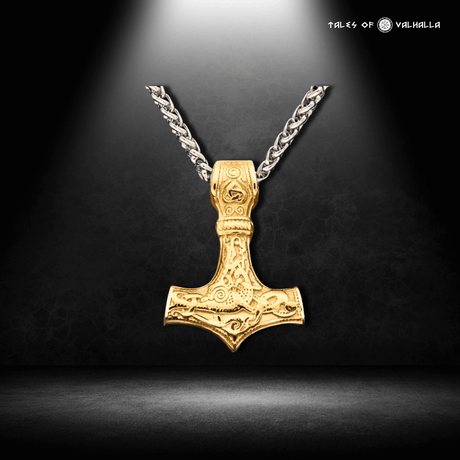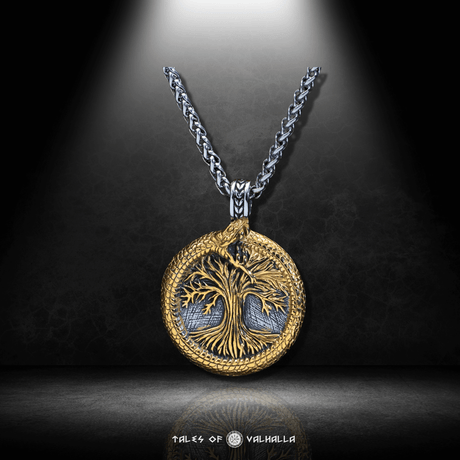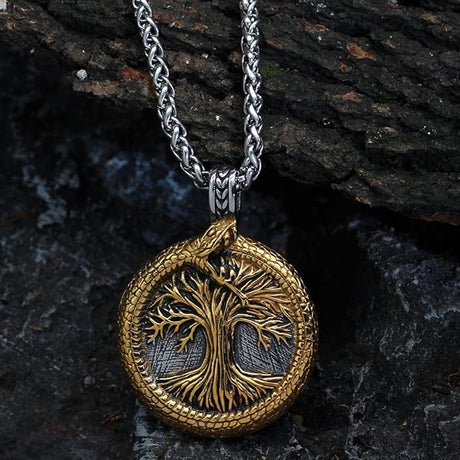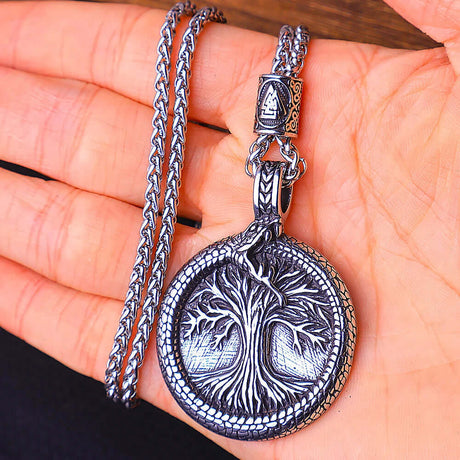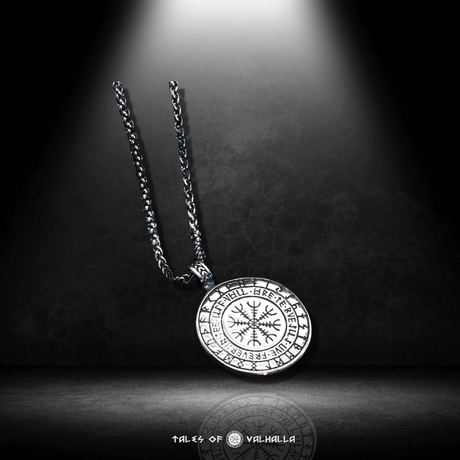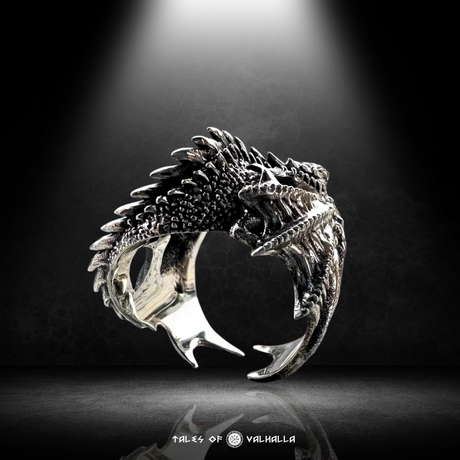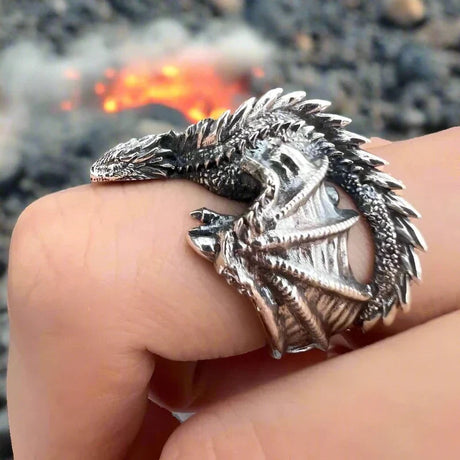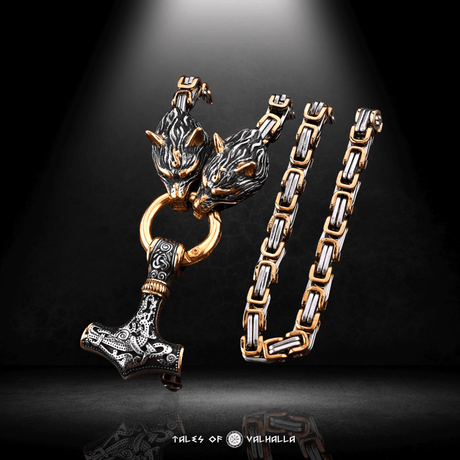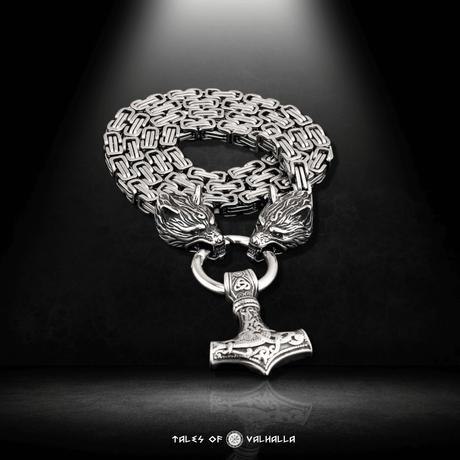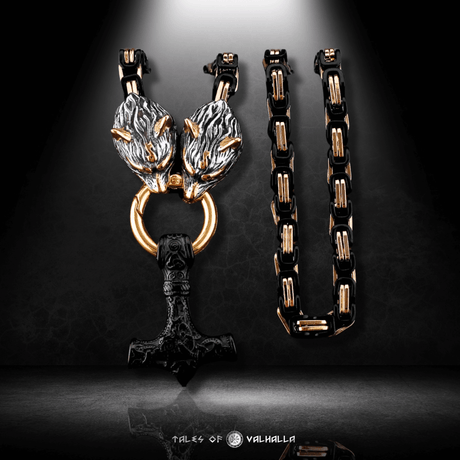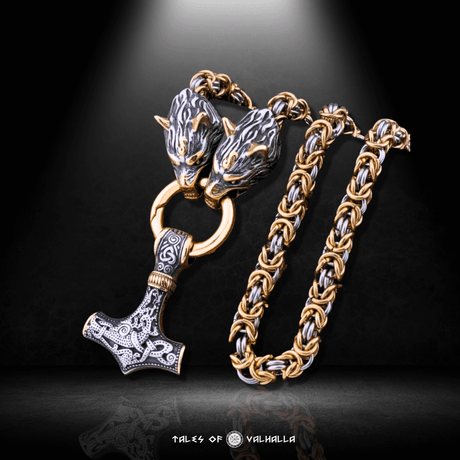Ivar the Boneless. The name alone conjures images of a fierce, cunning, and perhaps even terrifying Viking warrior. Made famous by the History Channel's hit series Vikings, Ivar's legend has captured the imaginations of people across the United States and the world. But beneath the Hollywood sheen lies a historical figure shrouded in mystery. One of the most intriguing questions surrounding Ivar is: what kind of viking axe did he actually use?
This blog post embarks on a journey to uncover the truth behind Ivar's weapon of choice. We'll navigate the murky waters of historical accounts, sagas, and archaeological findings to piece together a plausible picture of the viking axe that this legendary warrior might have wielded. We will talk about the history of the viking axe.
Ivar the Boneless: Fact and Fiction
Before we delve into the weaponry, let's separate the man from the myth. Ivar Ragnarsson, also known as Ivar the Boneless, was a real historical figure who lived during the 9th century. He was a prominent Viking leader and a key figure in the Great Heathen Army's invasion of England.
Historical Sources on Ivar:
- The Anglo-Saxon Chronicle: This collection of annals provides a contemporary account of the Viking raids in England, mentioning Ivar's involvement in several key battles, including the siege of York in 866 AD. It's a crucial primary source for understanding the events of the time, though it's written from an English perspective.
- The Saga of Ragnar Lothbrok: This legendary saga, while not entirely historically accurate, offers a colorful portrayal of Ivar and his brothers, including their exploits and conquests. It paints Ivar as a cunning strategist, even suggesting he was carried on a shield by his warriors. This viking axe was a scary weapon.
- Annals of Ulster: These Irish chronicles mention Ivar's activities in Ireland, particularly his possible reign as King of Dublin. They provide a glimpse into Ivar's later life, which is less documented than his time in England.
The "Boneless" Enigma:
The origin of Ivar's nickname remains a subject of debate. Was he truly "boneless"? Did he suffer from a physical disability? Or was the name symbolic?
- Osteogenesis Imperfecta: This genetic disorder, causing brittle bones, is one popular theory. It would explain the "Boneless" moniker quite literally, but it's difficult to ascertain if someone who lived over a thousand years ago had this condition.
- Other Physical Conditions: Some speculate Ivar had a different condition affecting his legs or was injured in battle, perhaps a spinal injury or a condition like polio. This could have led to him being carried or using crutches, as depicted in Vikings.
- Metaphorical Interpretation: "Boneless" could have referred to Ivar's flexibility, cunning, or even his ruthlessness in battle. Some have even suggested it referred to impotence, though this seems less likely given his fearsome reputation. Some say the viking axe was an extension of his arm.
Despite the uncertainty, "Ivar the Boneless" has become an indelible part of his legend, adding to his mystique. The mystery of his name only deepens the intrigue surrounding him.
The Viking Axe: A Symbol of Power and Identity
In Viking society, the viking axe was far more than a mere weapon. It was a tool, a status symbol, and an extension of the warrior's identity. Axes were used for everything from building ships and homes to fighting battles and performing rituals. The viking axe is essential to their culture.

The Multifaceted Role of the Axe:
- Essential Tool: Axes were indispensable for survival in the challenging Scandinavian environment. They were used for felling trees, shaping timber, clearing land, and countless other daily tasks. They are very useful in day to day life.
- Status and Wealth: The craftsmanship and materials of a viking axe often reflected the owner's social standing. A well-made axe with intricate decorations would have been a prized possession, signifying wealth and prestige.
- Spiritual Significance: Axes were sometimes included in burials, suggesting a belief in their importance in the afterlife. They might have been seen as tools for the deceased to use in Valhalla or as symbols of their earthly status.
Viking Axe Popularity in the United States (Modern Times):
| Category | Statistic | Source |
|---|---|---|
| Number of Axe Throwing Venues (US) | Over 600 | National Axe Throwing Federation (NATF) |
| Annual Growth Rate (Axe Throwing) | ~15% | Industry Reports |
| Interest in Viking-Themed Products | Significant Rise | Google Trends, Amazon Sales Data |
| Viewership of Viking-Related Media | Millions | Nielsen, Streaming Platform Data |
These figures demonstrate a resurgence of interest in Viking culture in the US, with axe throwing and Viking-themed entertainment gaining significant popularity. The viking axe has made a huge resurgence. This renewed fascination can be partly attributed to popular media like the Vikings TV series.
- See more: The Power of Celtic Symbols
Deciphering Ivar's Weapon: What Type of Viking Axe Did He Use?
While we can't definitively say which specific viking axe Ivar the Boneless wielded, we can analyze the historical context and make some informed deductions.
The Dane Axe: A Weapon of Mass Destruction
The Dane axe, a formidable two-handed viking axe with a long haft and a broad, sweeping blade, was a fearsome weapon on the battlefield. It was designed to deliver powerful blows capable of cleaving through shields and armor. The Dane axe was a weapon favored by Viking raiders.
Arguments for Ivar's Use of a Dane Axe:
- Reach Advantage: If Ivar had mobility issues, the Dane axe's long reach (typically around 4-5 feet) would have been a significant advantage in combat, allowing him to strike from a distance while potentially being supported or even seated.
- Psychological Warfare: The imposing size of a Dane axe could have intimidated opponents. Its sheer presence on the battlefield would have been a statement of power.
- Effectiveness in Open Battle: The Dane axe excelled in large-scale battles, which were common during the Viking invasions. Its wide, heavy blade was perfect for cutting down multiple enemies in the chaos of a shield wall.
Arguments Against Ivar's Use of a Dane Axe:
- Two-Handed Operation: Wielding a heavy Dane axe would have been challenging if Ivar had physical limitations, especially concerning his lower body. It requires significant core strength and balance.
- Lack of Direct Evidence: No historical sources explicitly state that Ivar used a Dane axe. The absence of evidence doesn't mean he didn't use one, but it leaves room for other possibilities.
The Bearded Axe: Versatility and Control
The bearded viking axe, with its distinctive lower blade extension (the "beard"), was another prevalent weapon during Ivar's time. It offered a balance of power and control, suitable for both one-handed and two-handed use. The bearded viking axe is a common weapon
Arguments for Ivar's Use of a Bearded Axe:
- One-Handed Adaptability: A bearded axe could be used effectively with one hand, potentially compensating for any physical limitations. This would have allowed Ivar to wield a shield in his other hand or use a crutch or cane for support.
- Hooking and Disarming: The "beard" could be employed to hook enemy shields or weapons, creating openings for attack. This tactical advantage would have been valuable for someone who might not have been able to rely on brute strength alone.
- Close-Quarters Combat: The bearded axe was effective in both open battle and close-quarters fighting, making it a versatile choice for a variety of combat situations.
Historical Insight: "The bearded axe was a common sight on Viking battlefields," notes Dr. Anderson, a leading archaeologist specializing in Viking Age weaponry. "Its versatility made it a favored weapon among warriors of all backgrounds. Its design allowed for a range of techniques, from powerful chopping blows to more precise hooking and pulling maneuvers."
- See more: Axes Collection
Smaller Axes and Throwing Axes: Unconventional Choices
It's also conceivable that Ivar, due to his unique circumstances, might have favored smaller, lighter axes, perhaps even throwing axes. These would have been easier to handle and could have provided a tactical advantage. A smaller viking axe would be easier to use.
- Francisca (Throwing Axe): The Franks were known to use throwing axes called Franciscas, and these weapons were sometimes adopted by Vikings. While smaller and lighter than battle axes, they could be deadly in skilled hands.
- Hand Axes: Smaller, one-handed axes were common tools and could also serve as effective weapons in close combat. They were more practical for everyday use around camp as well.
Arguments for these options:
- Ease of Use: Lighter axes would have placed less strain on Ivar's body.
- Speed and Agility: Throwing axes or smaller hand axes could have been used with greater speed and agility than larger weapons.
- Surprise Element: Throwing axes could have been an unexpected and effective tactic, especially if Ivar was known for using larger weapons.
Arguments against:
- Less Power: Smaller axes generally deliver less powerful blows than larger ones.
- Range Disadvantage: Hand axes have limited reach compared to Dane axes or even bearded axes.
- Skill Required: Throwing axes effectively requires considerable skill and practice.
The Portrayal of Ivar's Axe in "Vikings"
The popular TV series "Vikings" depicts Ivar the Boneless using a variety of axes, most notably a compact, one-handed viking axe with a curved blade. While visually appealing, this portrayal is likely more artistic license than historical accuracy. The show's creators have taken liberties with certain historical details to create a more dramatic and engaging narrative. This viking axe is not historically correct.
The Impact of "Vikings" on Public Perception:
- Heightened Awareness: The show has undoubtedly increased public awareness of Ivar the Boneless and Viking culture in general. It has brought this historical period to a wider audience.
- Fictionalized Elements: It's important to remember that "Vikings" is a dramatized account and not a documentary. Many aspects of the show, including costumes, weapons, and even some historical events, are embellished or altered for entertainment purposes.
- The "Hollywood Viking" Image: The series, like many other portrayals, may contribute to a romanticized or inaccurate image of Vikings. The "Hollywood Viking" often emphasizes brutality and violence, sometimes overlooking the more nuanced aspects of Viking society.
The Enduring Fascination with Ivar and His Viking Axe
Ivar the Boneless continues to fascinate us, a complex figure who embodies the fierce spirit of the Viking Age. The mystery surrounding his choice of viking axe only adds to his allure. The viking axe is a huge part of his allure.
The viking axe itself, in its many forms, serves as a tangible link to this bygone era. It was more than a weapon; it was a symbol of a way of life, a testament to the skill, craftsmanship, and warrior ethos of the Viking people. Whether Ivar wielded a mighty Dane axe, a versatile bearded axe, or a smaller, more agile weapon, his choice would have been a reflection of his personality, his physical capabilities, and his status as a legendary Viking leader. His viking axe was a part of him.
Conclusion
The question of what viking axe Ivar the Boneless used may never be definitively answered. However, by examining the historical evidence, considering the different types of viking axe available during his time, and acknowledging the influence of popular culture, we can gain a deeper appreciation for this enigmatic figure and the world he inhabited. His viking axe is part of why he is remembered.
For those who wish to continue their exploration of Viking history, weaponry, and the captivating tales of legendary figures like Ivar the Boneless, I highly recommend visiting tales of valhalla. You'll find a wealth of resources and insights to satisfy your inner Viking! The viking axe is a huge part of their history. You will find more information on the viking axe there.
FAQs
1. Did Ivar the Boneless really exist?
Yes, Ivar the Boneless, or Ivar Ragnarsson, was a real historical figure. He was a prominent Viking leader during the 9th century and is mentioned in several historical sources, including the Anglo-Saxon Chronicle and the Annals of Ulster.
2. Why was he called "Ivar the Boneless"?
The reason behind Ivar's nickname "the Boneless" is uncertain. Some theories suggest he had a medical condition like osteogenesis imperfecta (brittle bone disease) or another condition affecting his legs. Others believe the name was metaphorical, referring to his flexibility, cunning, or even a snake-like quality in battle.
3. What is the most historically accurate type of Viking axe?
There wasn't one single "most accurate" viking axe. Vikings used a variety of axes depending on their purpose and the individual's preference. However, the bearded axe was a very common and versatile type, used for both warfare and everyday tasks. The Dane axe was another prominent weapon, favored for its power and reach in open battle. This viking axe was very common.
4. Did Ivar the Boneless use the same axe as depicted in the TV show "Vikings"?
The TV series Vikings takes creative liberties with historical accuracy. While Ivar is shown using a variety of axes in the show, including a distinctive small, one-handed axe, it's unlikely this is a completely accurate representation of the viking axe he would have historically used.
5. Where can I learn more about Viking axes and Viking history?
There are many great resources available for learning more about Vikings! Museums with Viking collections, such as the British Museum in London or the Viking Ship Museum in Oslo, are excellent starting points. You can also find a wealth of information online, including websites, academic articles, and historical societies dedicated to the Viking Age. And, of course, tales of valhalla is a great resource for all things Viking!
6. Was Ivar the Boneless really as cruel as he is portrayed in popular culture?
Ivar's reputation for cruelty is based on historical accounts and sagas, some of which describe him taking part in brutal acts, such as the alleged "blood eagle" execution of King Aella. While the Vikings were certainly a warrior culture and engaged in warfare and raiding, it is important to remember that history is often written by the victors. Also, Ivar's actions need to be understood within the context of the violent and turbulent times in which he lived. It's likely that his cruelty has been exaggerated in some accounts, but he was undoubtedly a formidable and ruthless leader. His viking axe was probably used in cruel ways.

